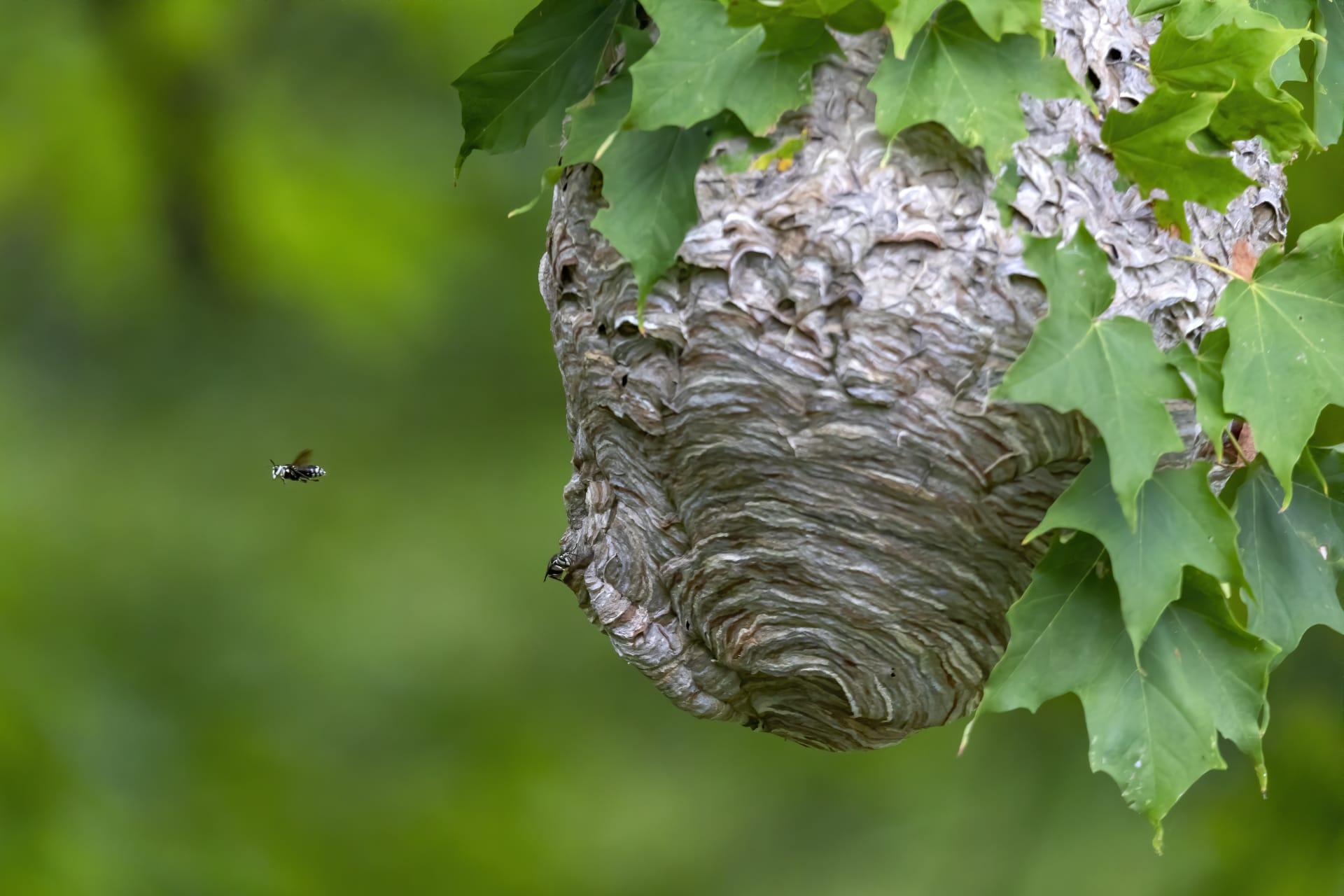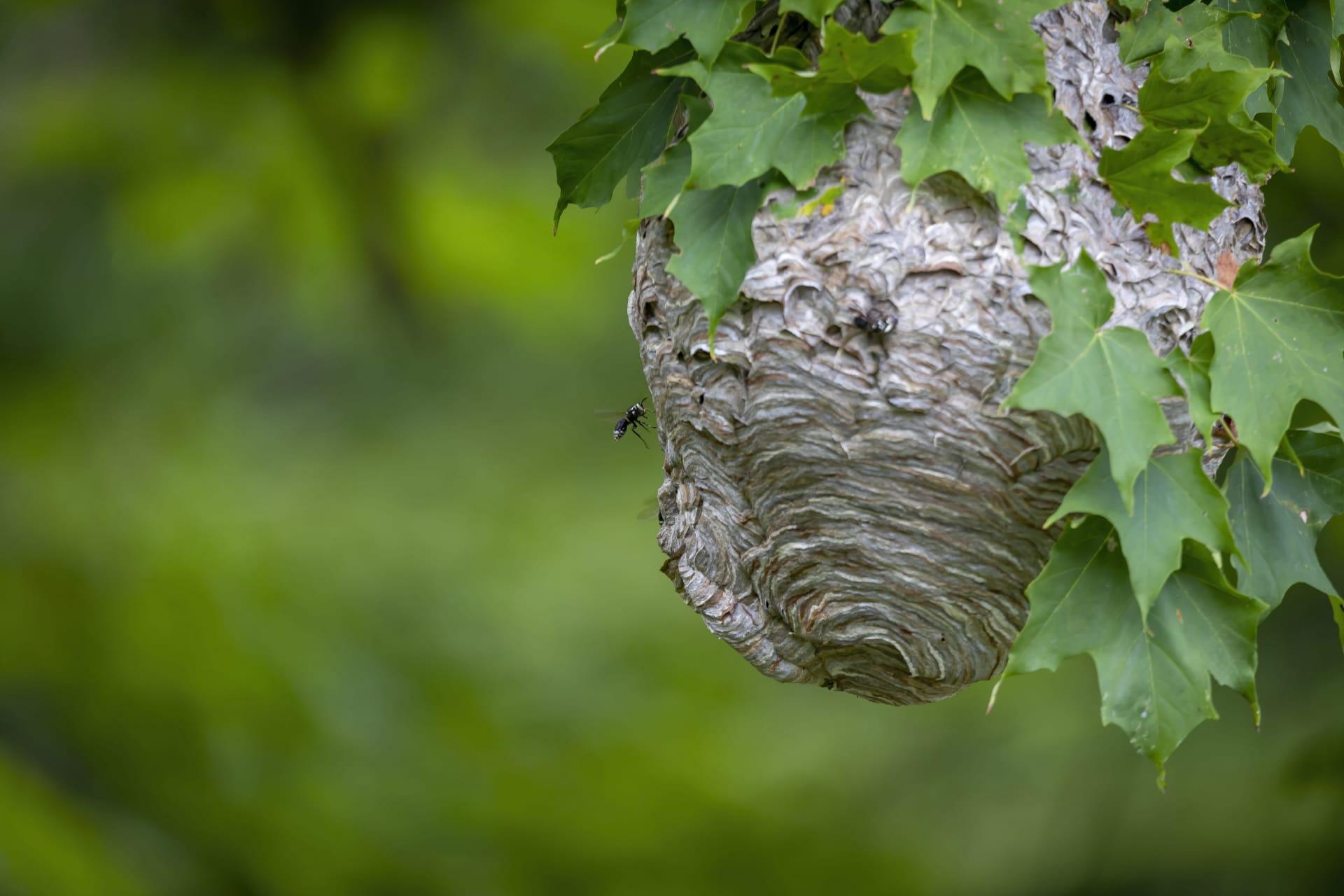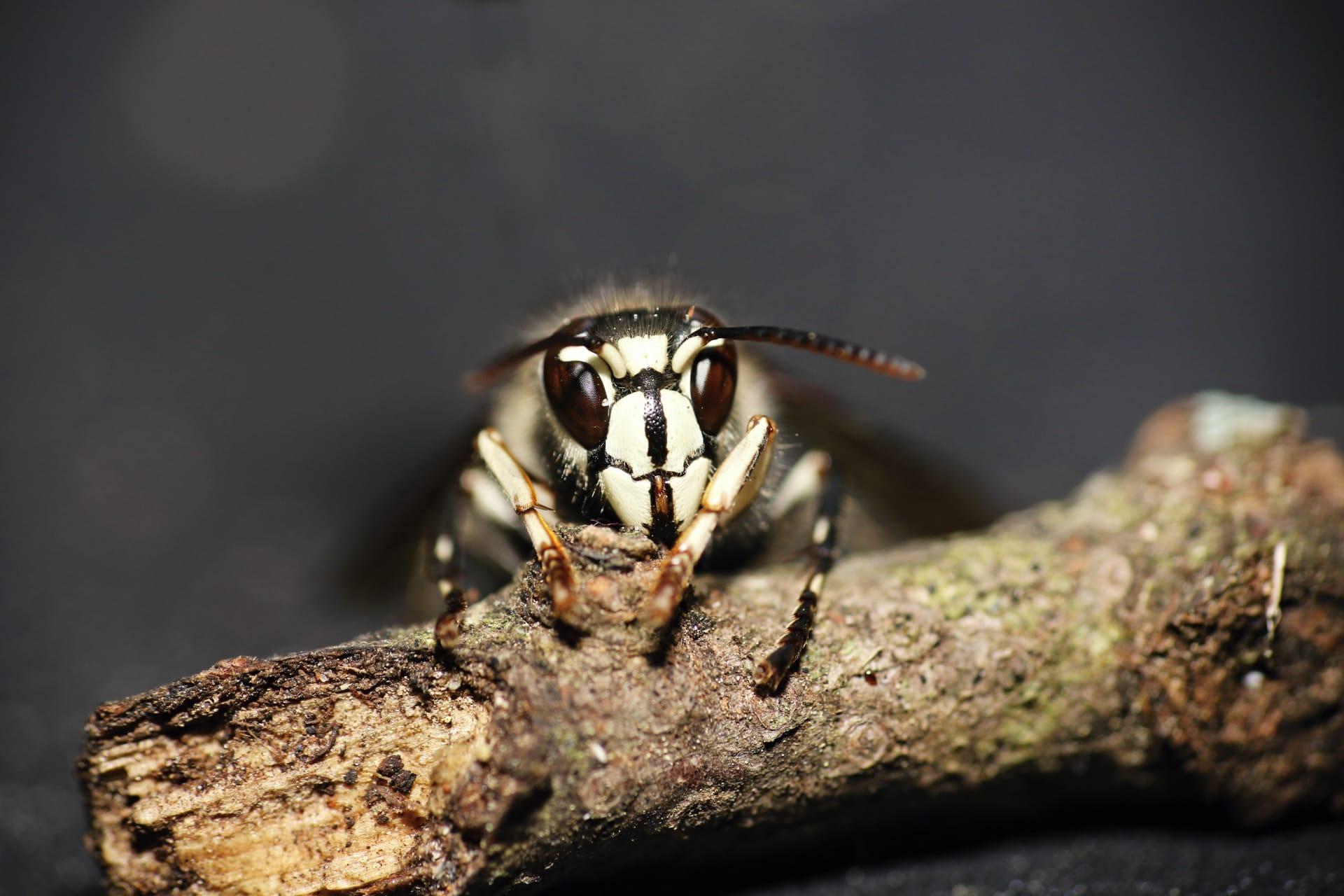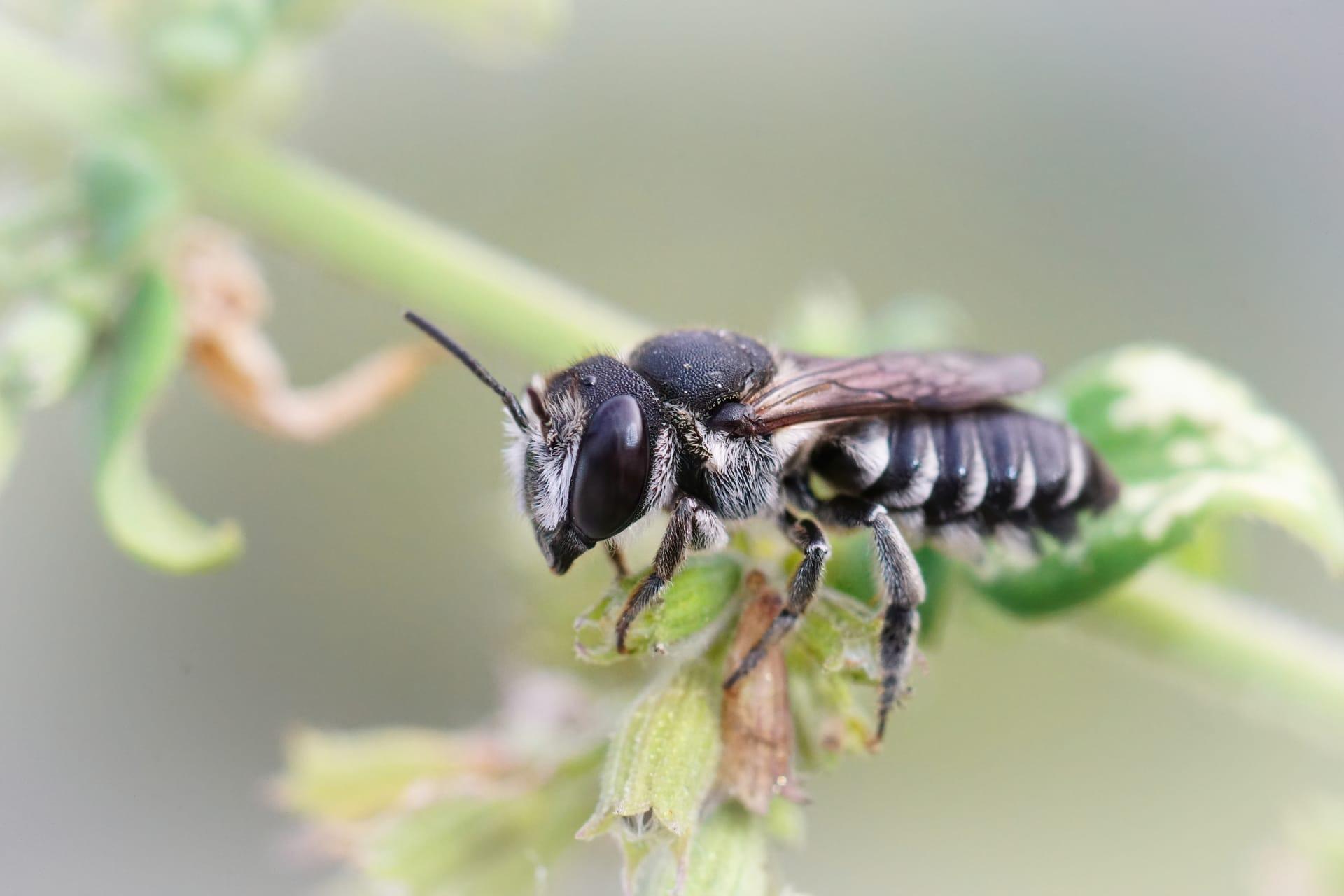Bald Faced Hornet Trivia
- Home /
- Trivia Question /
- Animal /
- Bald Faced Hornet Trivia
1
Question: What distinguishes the Bald-Faced Hornet from other hornet species?
Answer: The Bald-Faced Hornet, scientifically known as Dolichovespula maculata, stands out due to its unique coloration and size. Unlike the typical hornet which has a reddish-brown appearance, the Bald-Faced Hornet has a predominantly white and black color scheme. They measure about 0.75 inches (1.9 cm) in length, which is slightly larger than the common wasp.
Question: How do Bald-Faced Hornets build their nests, and where are these typically located?
Answer: Bald-Faced Hornets construct impressive, large, papery nests, which they build by chewing wood mixed with their saliva. These nests are usually located in high places, often in trees, shrubs, overhangs, or even on buildings. A single nest can house between 100 to 400 hornets and reach up to 14 inches (35.5 cm) in diameter and 23 inches (58.4 cm) in length.

2
Question: Is it true that Bald-Faced Hornets are extremely aggressive?
Answer: Contrary to popular belief, Bald-Faced Hornets are not as aggressive as often portrayed. They are defensive and will attack only if they feel their nest is threatened. They have a less aggressive temperament compared to other wasp species and prefer to avoid human interaction.
Question: Do Bald-Faced Hornets provide any environmental benefits?
Answer: Yes, Bald-Faced Hornets are beneficial to the environment. They play a crucial role in controlling other insect populations, as they primarily feed on flies, caterpillars, and spiders. Their activity helps maintain a balance in the ecosystem and can reduce the number of pests in gardens and agricultural fields.

3
Question: What is the lifespan of a Bald-Faced Hornet?
Answer: The lifespan of Bald-Faced Hornets varies significantly between castes. Worker hornets typically live about 20-25 days. The queen, however, can live up to one year, as she hibernates during the winter and starts a new colony in the spring.
Question: How do Bald-Faced Hornets communicate within their colony?
Answer: Bald-Faced Hornets use a combination of pheromones, body movements, and vibrations to communicate. Pheromones are chemical signals that can indicate alarm or guide others to food sources. They also perform specific movements to relay information about food locations to their nest mates.

4
Question: Can Bald-Faced Hornets sting multiple times?
Answer: Yes, unlike bees, Bald-Faced Hornets have a smooth stinger, allowing them to sting repeatedly without harming themselves. This ability makes them formidable when defending their nest, as they can inject venom multiple times into the perceived threat.
Question: What do Bald-Faced Hornets eat?
Answer: Bald-Faced Hornets are omnivores. Their diet mainly consists of insects like flies and caterpillars, which they hunt and bring back to the nest. They also consume nectar, tree sap, and fruit juices, which provide them with essential sugars for energy.

5
Question: Are Bald-Faced Hornets solitary or social insects?
Answer: Bald-Faced Hornets are social insects. They live in highly organized colonies with a strict hierarchy, including a single queen, male drones, and numerous female workers. These colonies work together in building nests, foraging for food, and taking care of the young.
Question: What happens to a Bald-Faced Hornet colony in winter?
Answer: As winter approaches, the entire Bald-Faced Hornet colony, except for the new queens, perishes. The new queens, which are fertilized females, hibernate in protected places like under bark or in hollow trees. In spring, these queens emerge to start new colonies, repeating the life cycle.